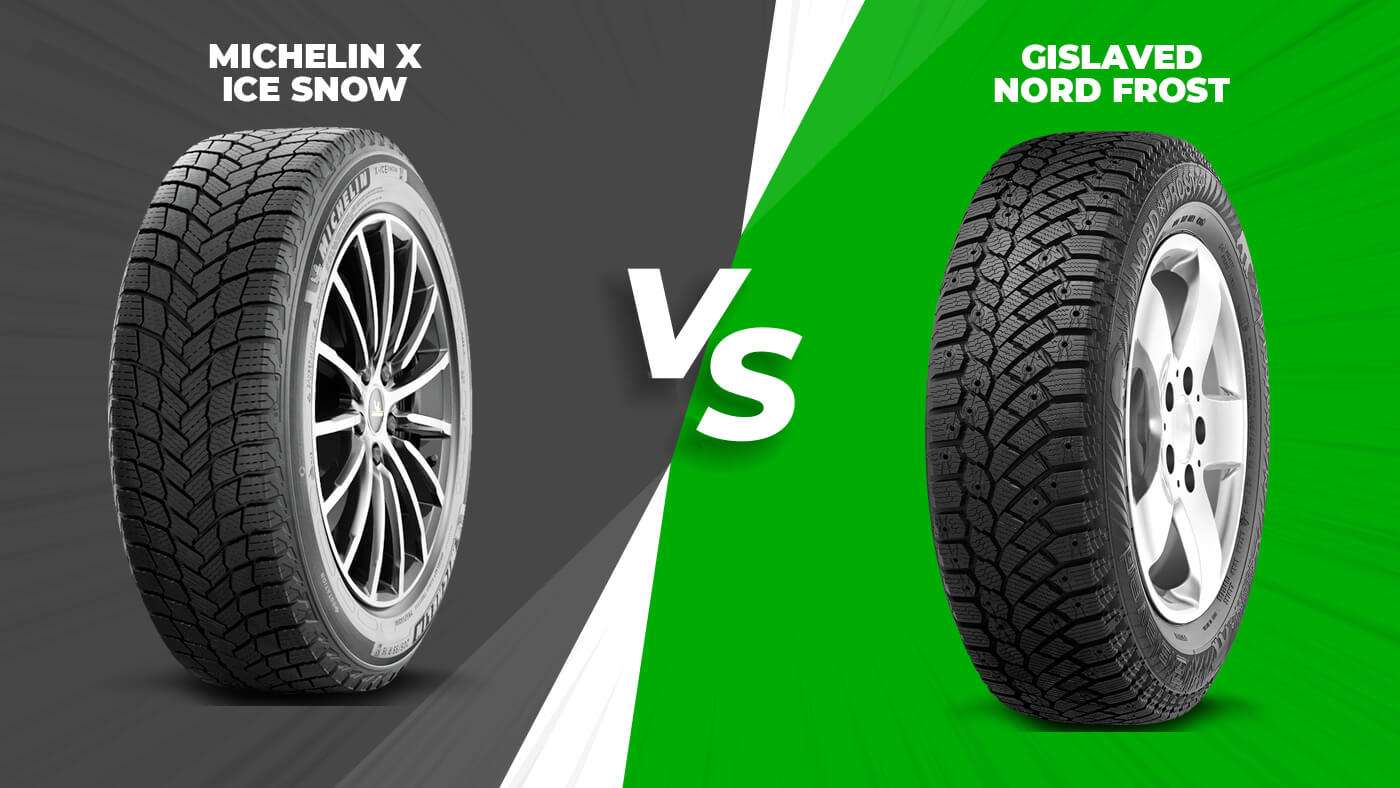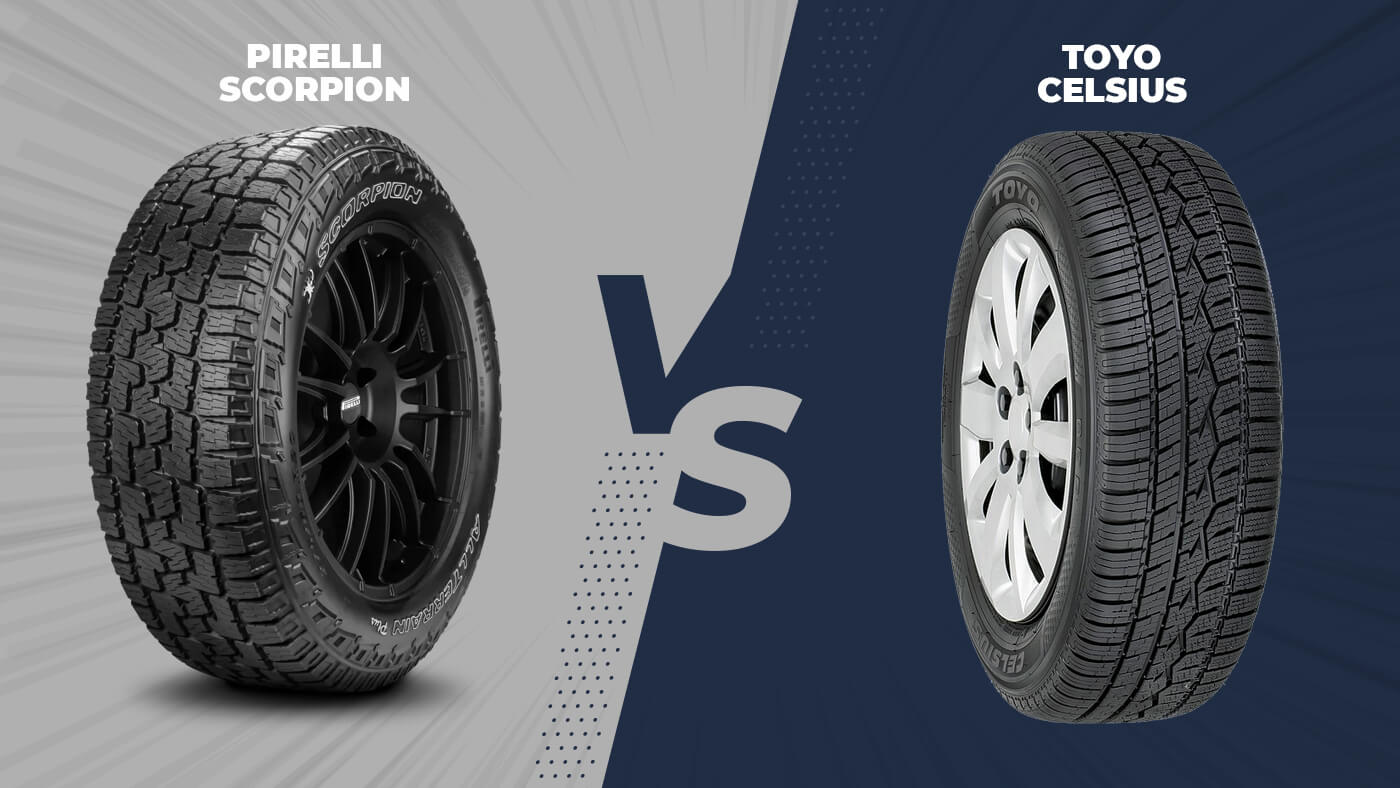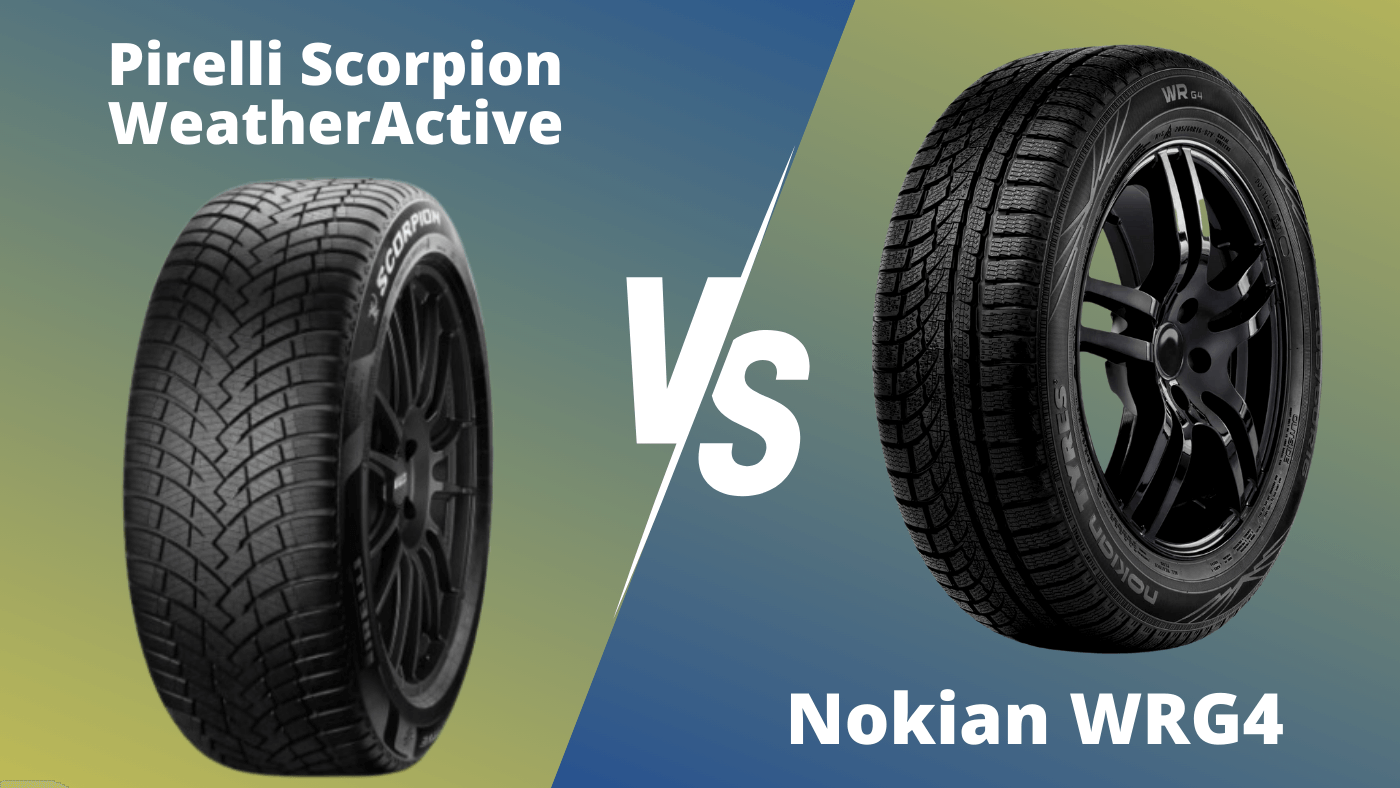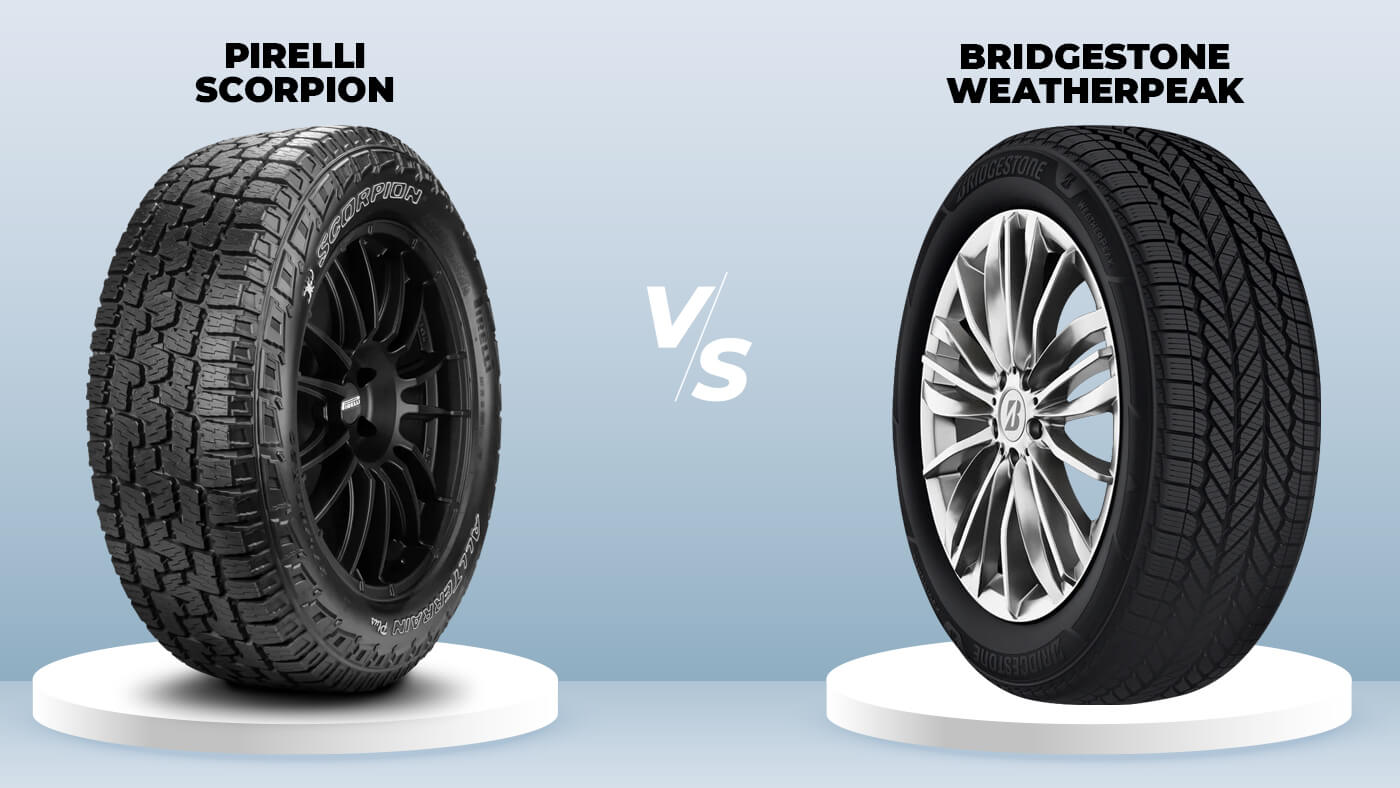Choosing a winter tire is not always a simple task! Some are studded, some perform better in the snow, others on ice, or wet roads... Today, we invite you to discover how the Michelin X-Ice Snow tires compare to the Gislaved Nordfrost 200.
Between the studdable Gislaved tire and the studless Michelin tire, which one meets your needs? Blackcircles helps you find the answer with a detailed comparison of the two models.
How do Michelin X-Ice Snow and Gislaved Nordfrost 200 Compare?
The X-Ice Snow and Nordfrost 200 are both suitable for a wide variety of vehicles. Whether you drive a passenger car, an SUV, or a light truck, these are winter tires designed to provide you with safe driving throughout the cold season.
The Gislaved tire is a studdable winter tire. It's possible to add studs after purchase or have them factory-installed for some sizes. These sizes range from 14 to 19 inches with a T speed rating. Like the Michelin model, it offers sizes with an XL load range.
As for the Michelin tire, it is a studless winter tire, designed to provide solid performance while reducing noise and rolling resistance. It is available in an impressive number of sizes ranging from 15 to 22 inches with H and T speed ratings. Interestingly, most of the tires are made in Canada, in Nova Scotia!
The absence of studs on the X-Ice is, of course, a distinguishing feature compared to the Nordfrost 200; however, they remain optional for the latter. So, depending on whether you want additional traction or a quieter ride, you can make the choice that suits you best.
Also, keep in mind that the two manufacturers cater to different audiences. On one hand, Michelin offers premium tires at a higher price, providing a more refined driving experience overall.
On the other, Gislaved is among the mid-range tire manufacturers, being part of the Continental family. However, the Swedish manufacturer specializes in designing high-performance winter tires suited for Nordic countries.
Whichever you choose, you are dealing with a safe winter tire that offers a good level of grip. However, the two tires do have notable differences, which we invite you to discover right away.
Specifications of the Michelin X-Ice Snow
The Michelin X-Ice Snow tire is a model that strongly stands out from the competition and ranks among the best in its category. It notably includes the following features:
A new aggressive V-shaped patternWith the new X-Ice Snow, Michelin takes up the directional tread pattern as in previous generations of tires, but completely renews it. We now have a more aggressive V-shaped pattern with sharp angles and wide grooves.
Thus, the model offers increased aquaplaning resistance, evacuating water and snow even faster.
Two types of full-depth sipesTo meet winter demands, the tire features not one, but two types of 3D sipes. This allows it to firmly grip the road, especially on snow and ice. As a result, the tire shortens its braking distances in these road situations, sustainably. Indeed, the depth of the sipes allows them to provide biting edges throughout the tire's lifespan.
The Evergrip technology with self-locking sipesDid someone say sustainable performance? Thanks to Michelin's Evergrip process, which uses additional 3D sipes that widen as the tire wears, you can enjoy lasting performance.
Moreover, this technology utilizes a high-silica compound for maximum flexibility. This allows the tire to maximize its contact surface to provide excellent grip during braking, accelerating, and cornering.
In addition to optimal performance in winter conditions, these features promise low rolling resistance, allowing you to save fuel, and a quiet, comfortable ride.
Specifications of the Gislaved Nordfrost 200
Benefiting from the expertise and technologies of the Swedish brand, the Gislaved Nordfrost 200 tackles winter conditions with features such as:
A new rubber compoundTo elevate its performance, the Nordfrost 200 relies on a more flexible compound than the Nordfrost 100. This mix allows it to adapt to a wider range of temperatures and provide maximum traction at all times. This is a significant advantage on icy roads, especially for reducing braking distances.
Sinusoidal and 3D stair-step sipesSpeaking of ice, the sipe technology used by Gislaved combines two types of sipes to provide even more grip on slippery surfaces. They allow the tire to grip the snowy or icy road while reducing uneven wear.
New Eco Tri-Star stud systemOf course, we can't talk about the Gislaved Nordfrost 200 without mentioning its innovative stud technology. With the Eco Tri-Star stud system, the tire improves its traction and performance on ice, offering maximum safety during winter.
The tread pattern, designed to minimize noise, and the efficient water evacuation promise a comfortable, quiet ride. Moreover, the optimized design reduces fuel consumption by decreasing rolling resistance.
In Conclusion: Which Tire to Choose?
If you prioritize performance on ice and don't mind a little more noise, the studded option of the Gislaved Nordfrost 200 could be an excellent choice for you.
On the other hand, if you prefer a quieter ride and still want reliable performance in snowy conditions, the Michelin X-Ice Snow may be the right choice, especially if you don't mind investing a little more for a premium brand.
However, both options remain excellent winter tires. Depending on your priorities and your budget, blackcircles.ca helps you make the best choice!







